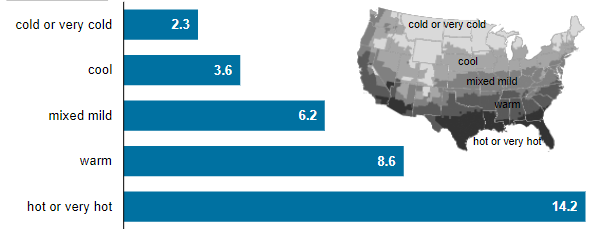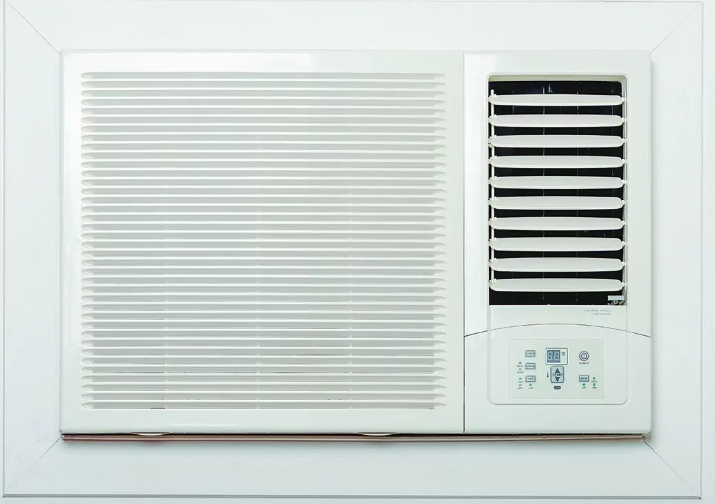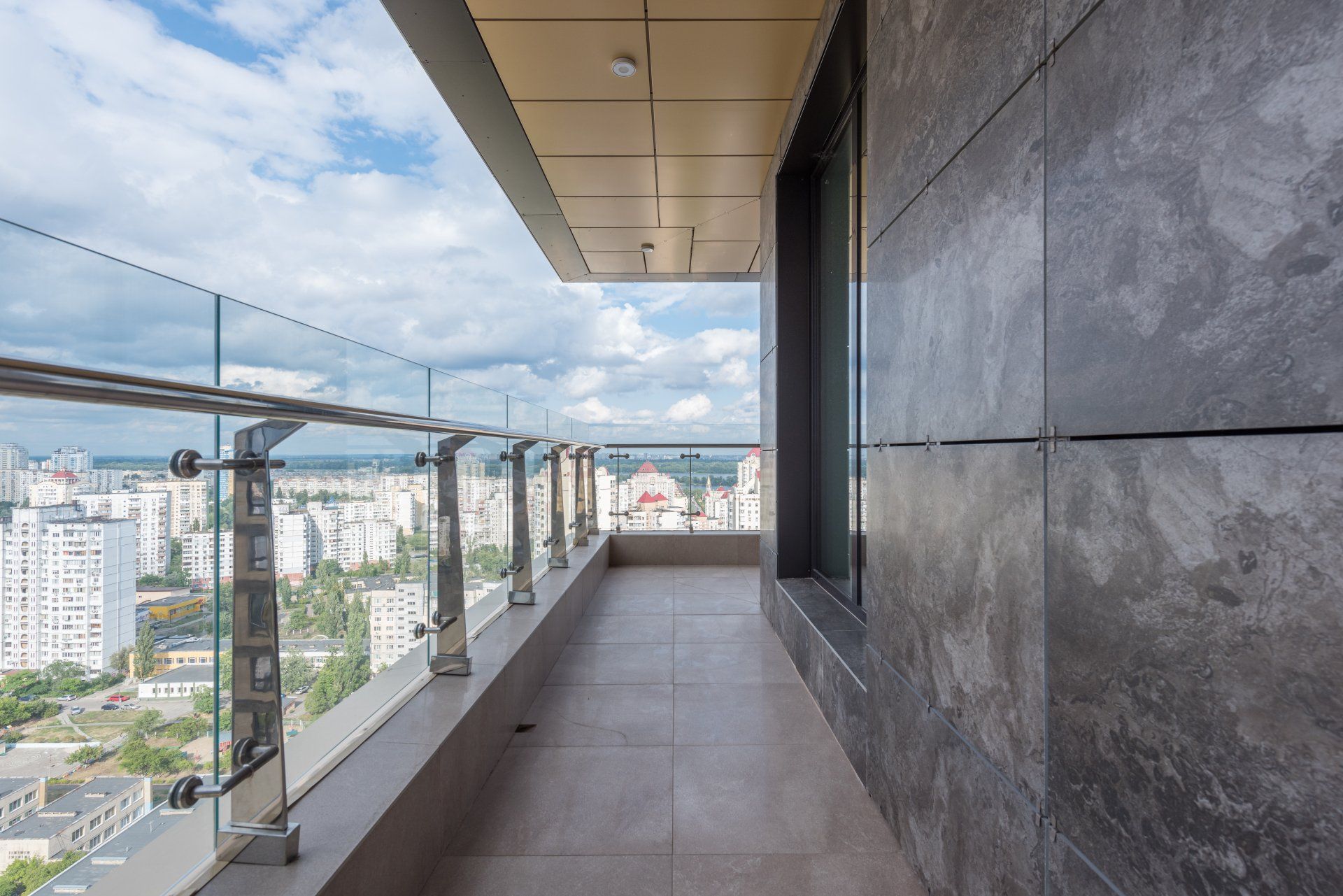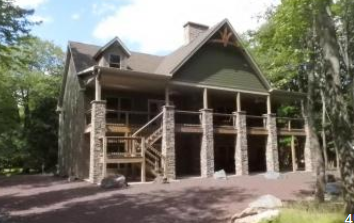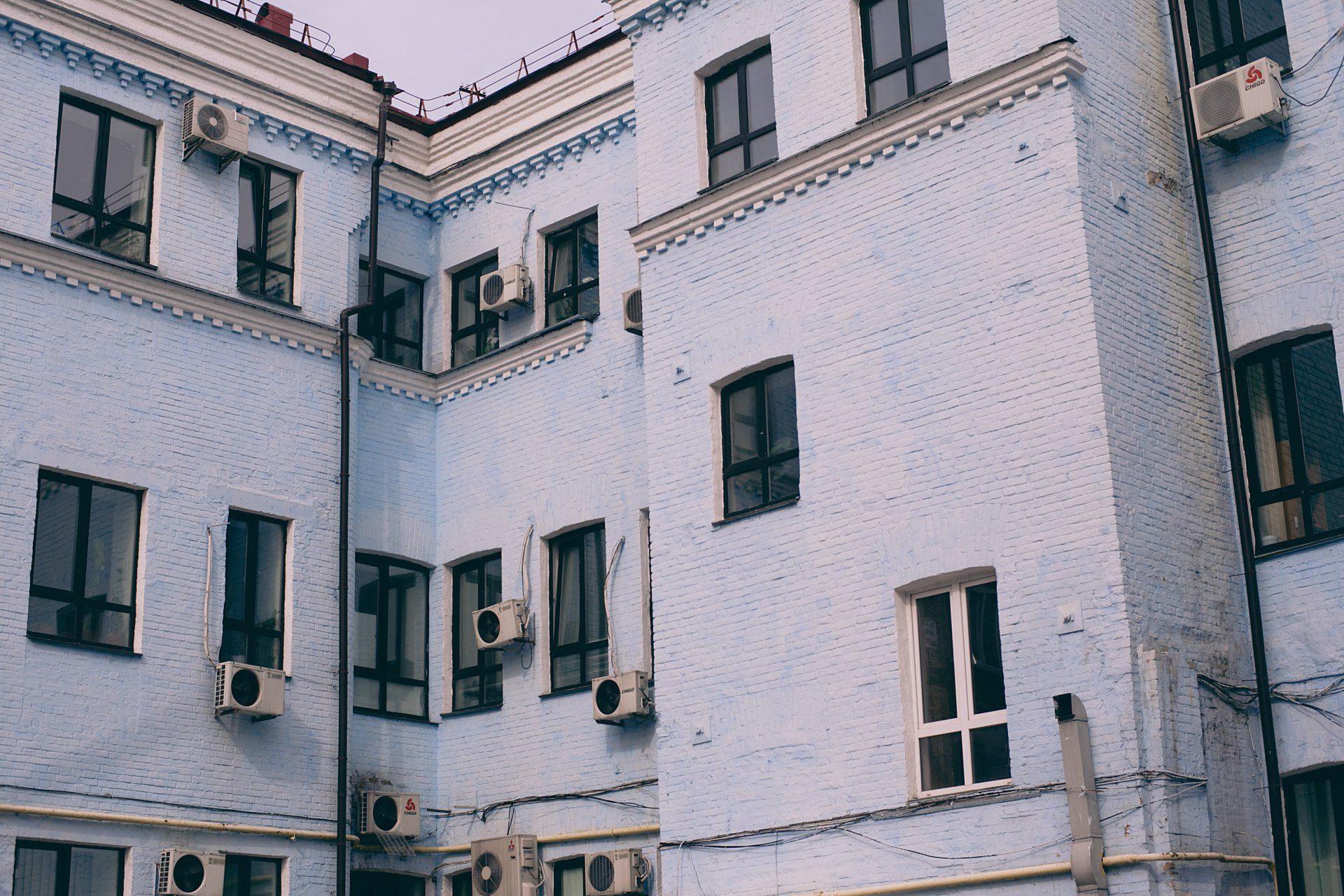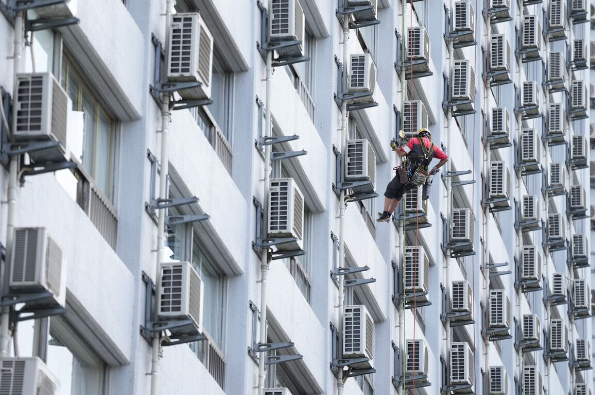Window Air Conditioning Units
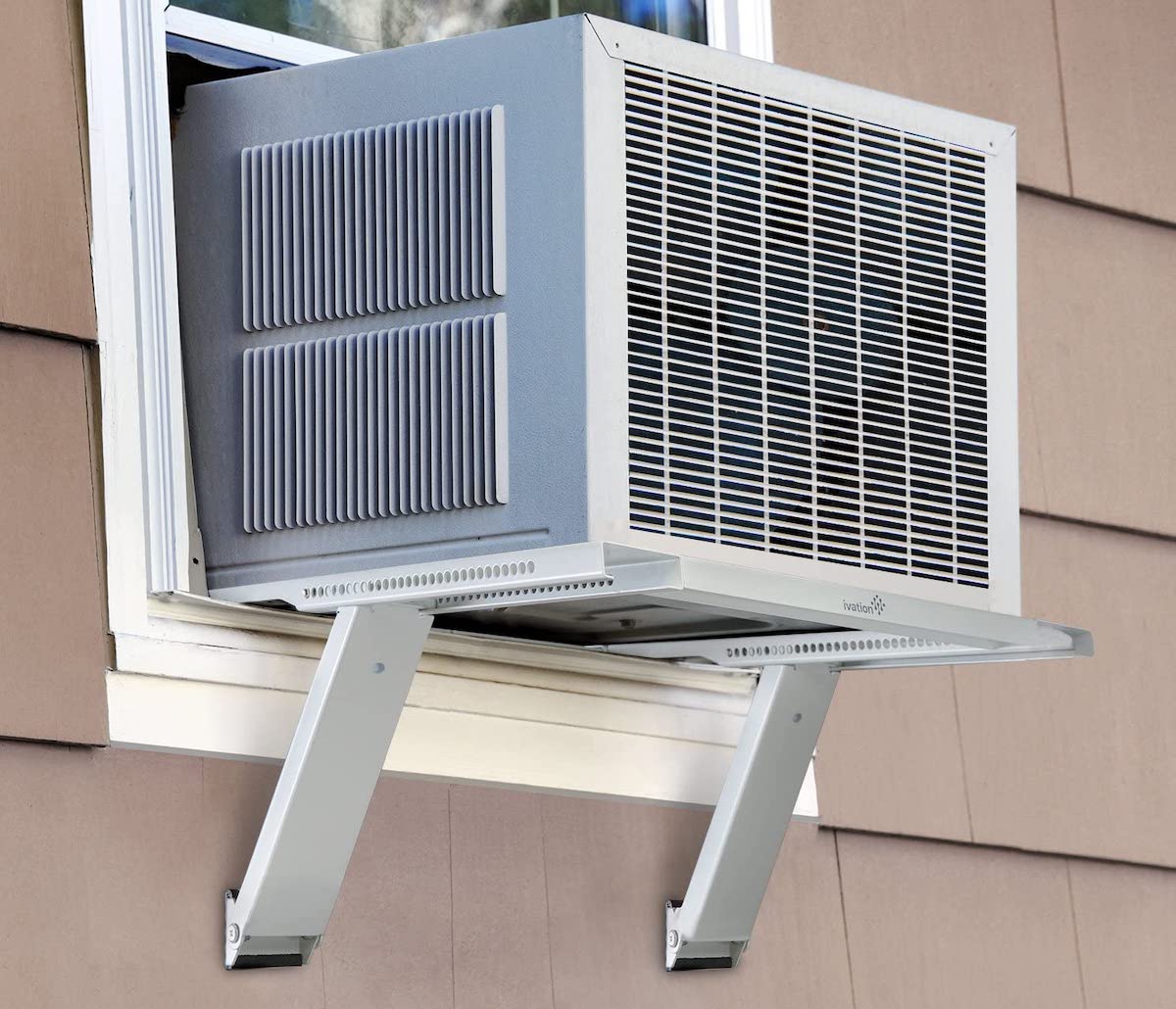
Source: Popular Science / https://www.popsci.com/clean-all-the-filters/
Air conditioners
You bought a new window AC unit only last year, but when you switch it on these days, it just doesn’t fight the heat as well as it once did. That’s probably because you’ve let debris build up on its filter, making it harder for air to force its way through. Even if you cleaned the whole window unit at the beginning of summer, you probably need to do it again. In fact, some suggest you should scrub your air conditioner filter as often as twice a month.
Turn off your AC, pop open the plastic front panel, and gently pull out its filter. First, get rid of loose dirt by shaking it over a trash can or vacuuming it. Next, rinse it or carefully wipe it with a cloth soaked in mildly soapy water. If you’re feeling particularly thorough, then let it soak in a mixture of water and vinegar for a couple hours. Rinse it again, dab off the droplets with paper towels, and then let it sit until it dries completely. Finally, put it back into the air conditioner. Only then should you switch your unit back on. Now the air should flow nicely.
If you don’t own a window unit, you probably still rely on some sort of ventilation—and even HVAC systems include filters. Read your manual to find that filter, and make sure to clean (or replace) it regularly.
You might also like
Balance Point HVAC Blog
